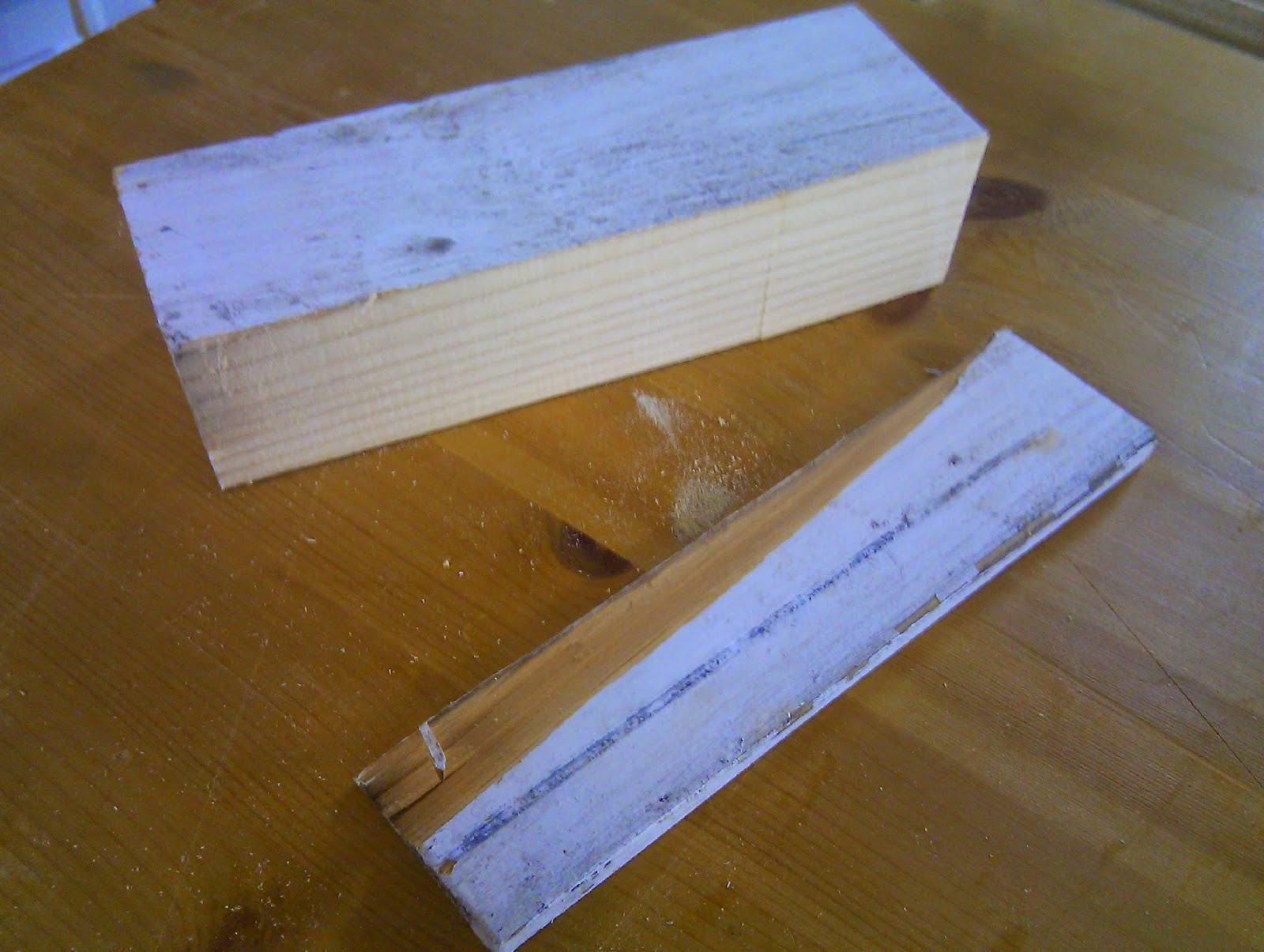Water Tank Measurement
We've got a rainwater tank that collects water we use in the house for flushing toilets. The equipment came with a water level measurement gauge. It's a pipe that runs into the tank from top to bottom. Air is pressurised by a manual pump, the higher the water level, the higher the pressure needed to get air to push it's way out of the bottom of the tube. The perssure in the pipe is then measured on a dial. Being manual and needing a lot of pumping means that it's a bit inconvenient to get lots of measurements. So, I have been gradually putting together a list of parts that could be used to make a computerised level measuring system. The computerised bit is pretty easy, Arduino. The pressure measurement and pressure generator is a bit harder. Generating the pressure requires a pump that can create about 2 metres of water pressure. A fish tank airstome pump was the first thought, but it turns out that they can handle only about a metre or so. Pressure sensors are also tricky as there's quite a few, but they are tricky to interface to.
Anyway, it turns out that there is a piece of equipment that contains all of the components that I need.
You can see the pump at the bottom left and part of the circuit board that holds a pressure sensor.
The sensor is the circular device on the PCB. It looks like a piezo sensor that has been wired up as a pressure controlled oscillator. The metal is a shield.
This equipment is a personal blood pressure meter. From the handbook it looks like it can manage 2700 mmH2O and has a measurement sensor capable of measuring that pressure. It also has the plumbing between the components.
I think I can attach this to the water tank pipe such that I can use either the manual or automatic measurement. I need to reverse engineer the pressure sensor and build a pump driver circuit. Then attach to an Arduino and knock up some code.


























